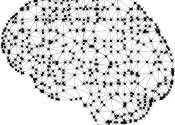Artificial nervous system uses light sensing to catch objects like humans do
With a simple artificial nervous system now able to mimic human responses to light, scientists are learning more about how to program such technology for use in medical robotic prostheses.









